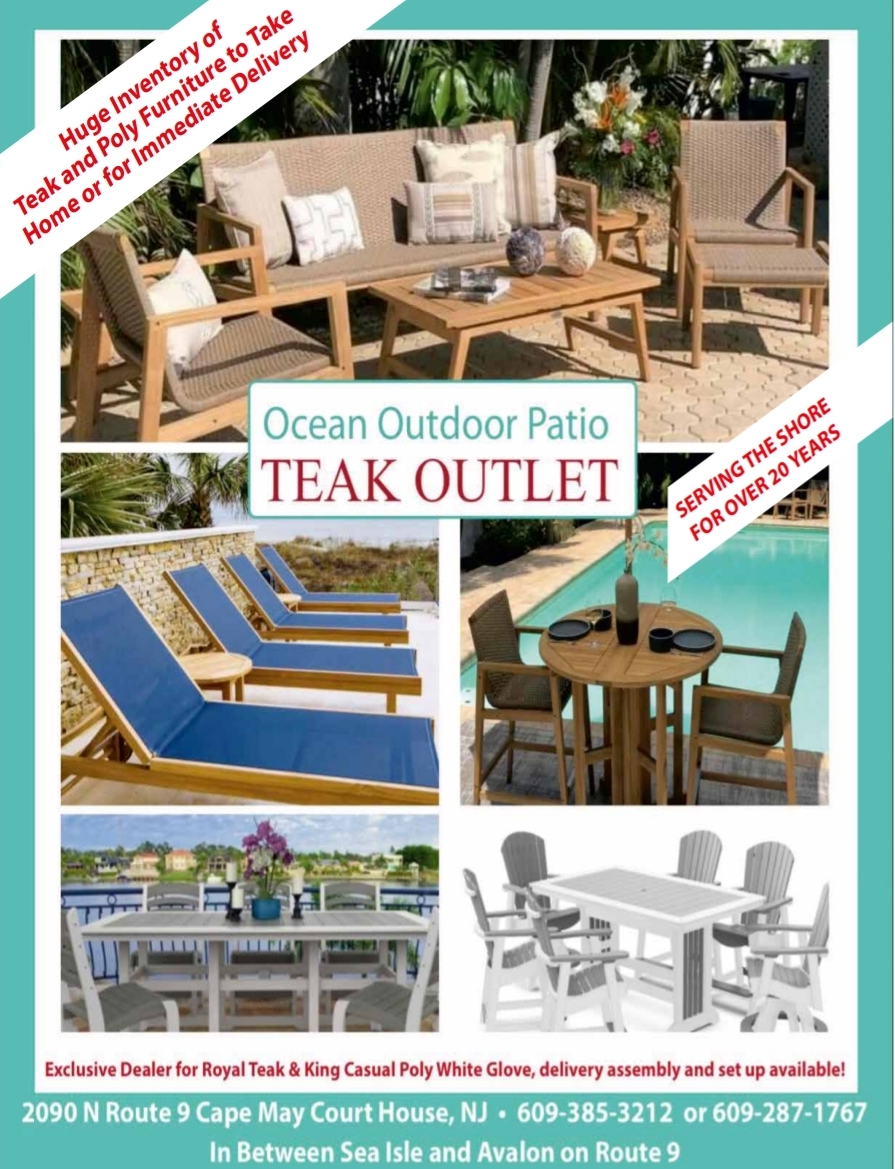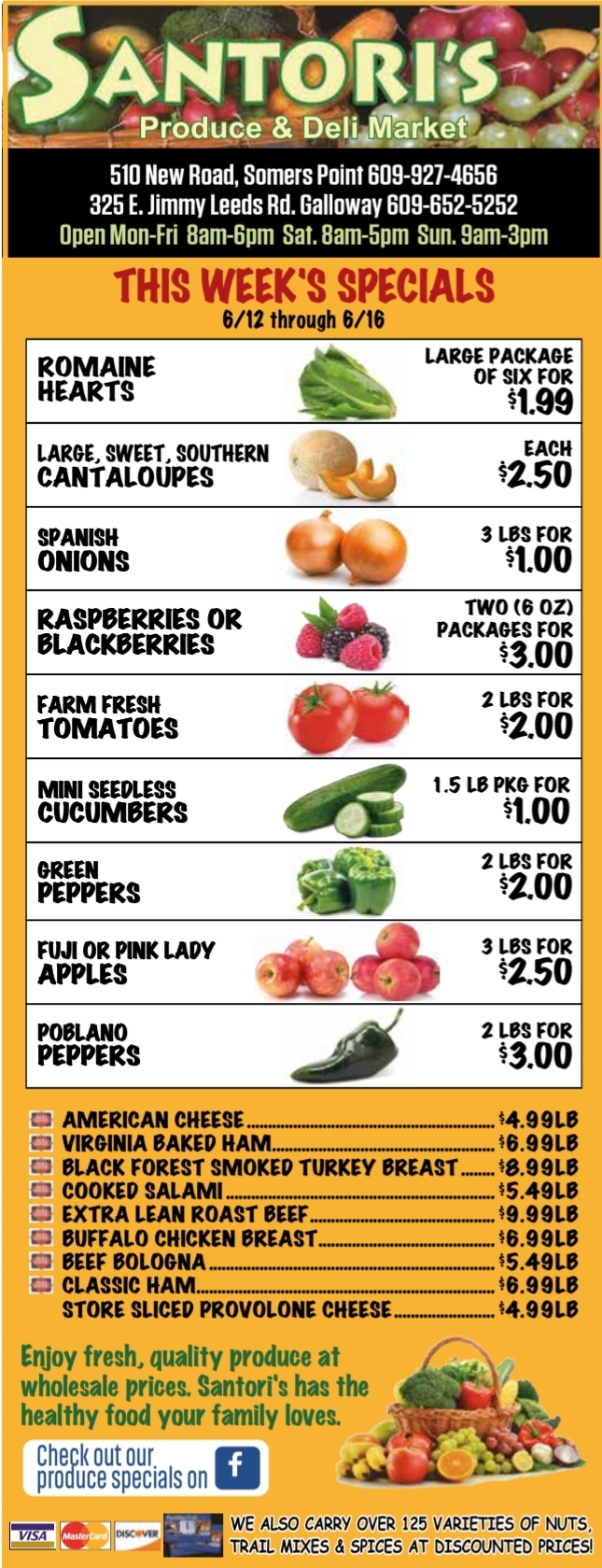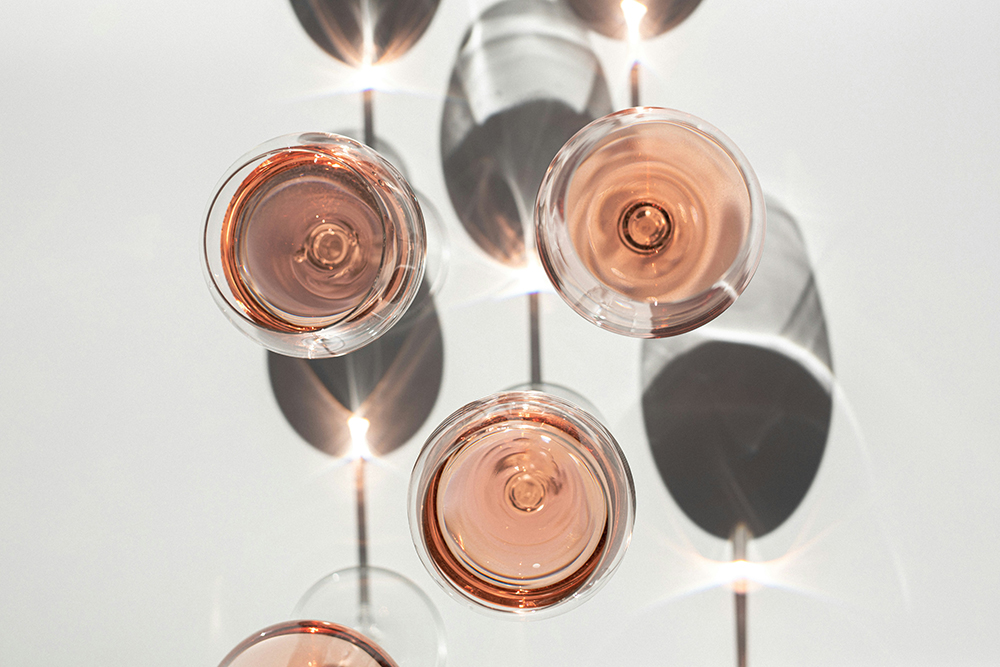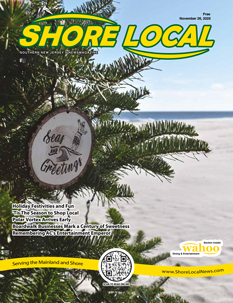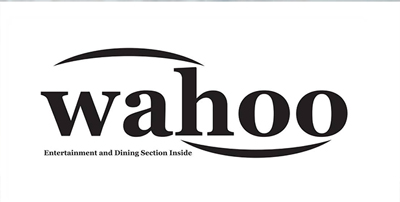Drink Up!
It’s June, it’s getting warmer, and rosés are in full bloom! Rosé wines have had a resurgence of popularity in recent years, particularly during the warmer months. Based on current wine statistics reported by MDPI, an industry research journal, one of every ten bottles of wine sold worldwide is a rosé. You may be surprised to know that rosés can be more complicated to create than either white or red wines. Read on to be in the know.
There are two ways that rosé wines are generally made: the blending method and the limited maceration method. The blending method is the least common, which takes already fermented red and white wines and blends them to make what we visually recognize as a pink rosé. The blending method is forbidden by most European wine-regulating organizations if the winemaker wants their rosé to be regionally certified. The exception is the Champagne region of France, where the blending method is quite common. There are no regulations prohibiting the blending method in the majority of new-world wine regions. However, most rosés are produced using the limited maceration method.
In red wine production, maceration is when grape skins, seeds, and possibly stems are allowed to remain in contact with the juice after crushing. The maceration period varies depending on the grape varietal, the requirements and traditions of the wine region, the level of tannins desired, and the length of aging desired by the winemaker. It can range from four days to fifty days, or even longer in some extended-maceration styles of wine such as Barolos. In white wine production, the skins are removed immediately after crushing. In the case of rosé wines, the winemaker allows the skins to remain in contact with the juice for a limited time, often anywhere from a couple of hours to a day or two. The result is the pink hue that we know and love.
Rosé wines are produced in almost every wine country in the world, though France is the dominant producer with a market share above 60%. Many French wine regions produce rosés, with Provence being the clear leader. Rosés from Provence tend to be made from a blend of Grenache, Cinsault, Syrah and a few other lesser-known varietals. Provence-style rosés are typically very light in both color and flavor. Whispering Angel and Miraval are two popular examples. However, my choice from this region is the Avaline Organic Rosé. This dry wine is reasonably priced and has the classic crisp, fresh aroma and flavor of red berries and flowers. It pairs perfectly with charcuterie, chicken and seafood. I also love this rosé with sushi or spicier Indian or Chinese foods. Avaline is among the foremost producers of organic, sustainably farmed, vegan-friendly wines in the world. Avaline is a leader in what is called “clean wines” with no added sugars or concentrates.
Italy is also exceptional in the world of rosés. From the Piedmont region in the north comes the Proprieta’ Sperino Rosa del Rosa, made from the Nebbiolo grape. Nebbiolo is also used in producing Barolo, a wine affectionately known as “the king of wines and the wine of kings.” The Rosa del Rosa has a beautiful balance of acidity and dryness, as well as fruitiness and minerality. It is a perfect pairing for grilled salmon or tuna.
Another favorite rosé from Italy is the Cantina Santa Maria La Palma Aragosta Rosé from the island of Sardinia. Sardinia is one of the Blue Zones where people live exceptionally long and healthy lives, often exceeding 100 years of age. Author and National Geographic Fellow Dan Buettner states that one of the reasons for the longevity of Sardinians is Cannonau, the red wine cultivated on the island. The Aragosta Rosé is made from Cannonau. I can’t guarantee that drinking this wine will cause you to live to be 100, but I can assure you that it is a delicious, light, fresh rosé for your summer enjoyment!
For a bottle from Portugal, the Vera Vinho Verde Rosé is a wonderful and very well-priced dry wine made from Vinhai and Rabo-de-Anho grapes. Representing Argentina, Catena Rosé is from Mendoza. This high-elevation, dry rosé is a blend of Syrah, Grenache, Sauvignon Blanc, Chenin Blanc, and Malbec (the pride of Mendoza).
A few additional recommendations include the Ganeta Rosé wine, made of Getariako Txakolina grapes from the wonderful Spanish Basque Country. This is a bone-dry rosé with aromas of citrus and wildflowers with a hint of a sea breeze. Or, Tokoeka Estates from Marlborough, New Zealand, makes a wonderful rosé, the Tokoeka Pink Sauvignon Blanc. It has the citrusy goodness New Zealand Sauvignon Blanc is famous for, with added notes of watermelon and red raspberries. For a Washington state option, Revelation by Goose Ridge Estate Winery Rosé from Goose Gap, Columbia Valley, is beautiful inside and out. This wine is a classic Provence-style rosé blend of Syrah, Merlot, Grenache and Mourvèdre. On the outside, the label is a work of art, literally, by artist Katie Small.
Lastly, this is the first time in over three years of articles that I have recommended a boxed wine. I urge you to give Grazi Rosé a try. It is a blend of Malbec, Gamay, and Merlot from hand-selected vineyards from the south of France in Limoux. The wine has zero grams of sugar per five-ounce serving and, most importantly, is delicious with fruity notes of ripe strawberries and raspberries. The packaging of this box wine allows Grazi Rosé to remain fresh for 30 days after opening. One box equals four standard bottles of wine, making this a true bargain.
As we head toward summer, we could all benefit from stopping to smell the roses, and then opening and enjoying the rosés! As always, contact me with any questions at dsetley@passionvines.com, or stop into the store. Until next time, happy wining!
David Setley is enjoying his retirement from higher education as a wine educator and certified sommelier at Passion Vines in Somers Point, New Jersey.
